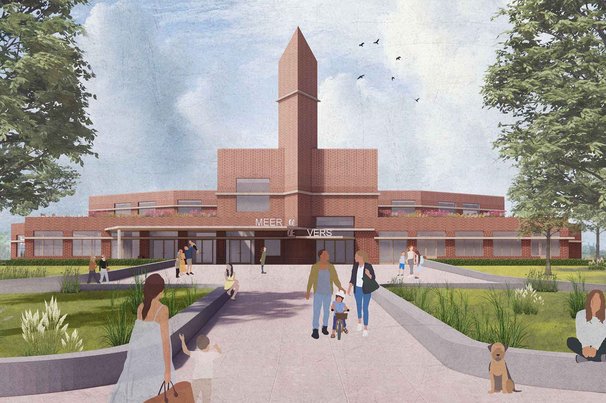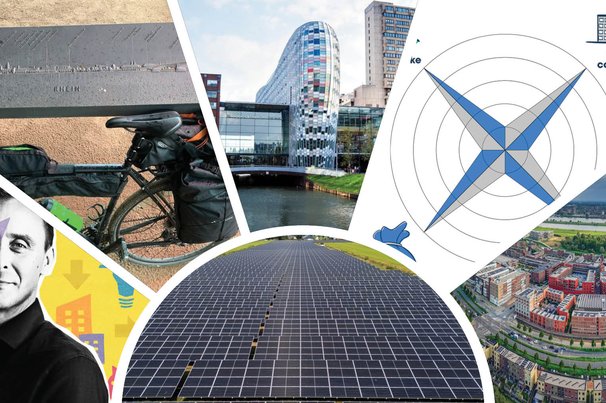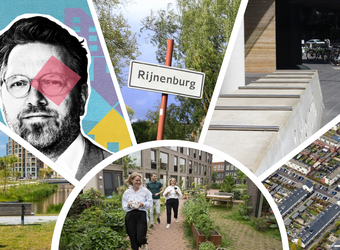Onderzoek Since a couple of years a remarkable phenomenon is witnessed in the field of urban development which entails that large multinationals corporations, such as IKEA and Siemens, start to engage in urban development projects. As their motivation to do so is unclear, it is difficult to estimate whether this phenomenon offers opportunities or threats for urban development practice. This paper provides insights in multinationals’ motives for engaging in urban development and their relationship with corporate strategies. Two different types of multinationals engaging in urban development seem to arise, characterised as ‘Developing Multinationals’ and ‘Technological Partners’. Their diverging motives tell us that multinationals are inherently different and that such corporations cannot simply be stigmatized as profit-maximizing, space-controlling companies threatening public interests in our cities.
The phenomenon of large multinational corporations engaging in urban development projects is subject to differing opinions on whether it provides opportunities or threats for urban development practice. The Dutch documentary ‘Tegenlicht’ (VPRO, 2012) states that large corporations like IKEA and Siemens are more and more focusing on future cities by starting to physically develop them. Academics like De Zeeuw, Franzen and Mensink (2013) recognise these market players as new international markets entrants and link this entrance to the shifting pane of the urban development market. Critics seem to think that these corporations will have a decisive and overruling influence in the quality of life within these urban development projects. Others see it as an opportunity to address the difficulties in the (financial) context of the Dutch urban development practice.
On the background of this phenomenon several contextual changes take place, both in urban development and in the corporate landscape. Within the field of urban development, funding problems that occurred after the economic crisis of 2008 have caused urban development projects to be under stress. These funding problems have caused a dependency of public bodies on the private sector. Moreover, a shift in societal values towards more Anglo-Saxon values has also created an increasing emphasis on the private sector in the Netherlands (Heurkens, 2008). This is likely to cause a shift in the roles and relations of public and private actors in urban development (Heurkens, 2012).
In addition, the context in which multinational corporations operate is subject to change as well. Several megatrends, growing competition and an increased emphasis on the societal responsibilities of corporations demand them to continuously reassess their strategic focus (De Wit and Meyer, 2010; Johnson and Scholes, 1993).
The characteristics of both urban development and corporate strategies, which are defined by these changing contexts, show overlap which might indicate motives for multinational corporations to engage in urban development projects (Figure 1) (Potters, 2015). These motives were tested through case studies.
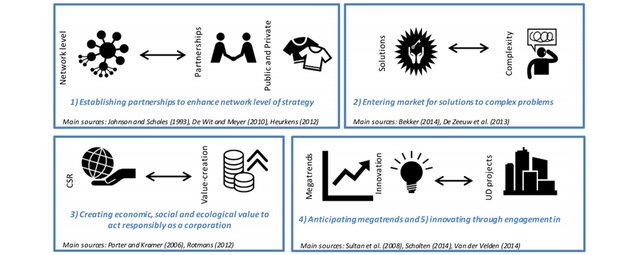
Figure 1: overlapping characteristics and potential motives (Potters, 2015)
‘Corporation-led Urban Development - Afbeelding 1’
Case studies
The two main cases studied in this research are the Strand East project, developed by Inter IKEA subsidiary Vastint and The Crystal, developed by Siemens, both situated in London.
Vastint has started developing the Strand East project (Figure 2) in the east of London in 2012. The area is located just south of the Queen Elizabeth Olympic Park and comprises 26 acres (11 hectares). The mixed-use development will comprise 1.200 dwellings, 58.000 m2 of office space, 350 room hotel, a restaurant, school and day-care. Within the development process Vastint takes on the entire urban development process, including ownership after completion. This makes the corporation a long term stakeholder in the project as a holistic developer.
The motives for Vastint to engage in urban development seem to be fairly different from the ones in Figure 1. Vastint does not consider partnerships established through urban development projects as a motive. Also the other motives mentioned in Figure 1 are said not to be motives for their engagement. However, it is noticed that the IKEA philosophy of delivering products “for the many people” is incorporated in Vastint’s activities, as the scale of the development allows them to develop in an affordable way. Moreover, the Strand East project is designed according to principles that enhance sustainability and a sense of community. Therefore, the motive of Corporate Social Responsibility is not rejected. Other motives that drive Vastint to engage in urban development projects are long term return on capital investment and economic value creation.
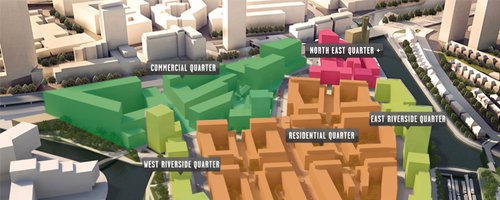
‘Corporation-led Urban Development - Afbeelding 2’
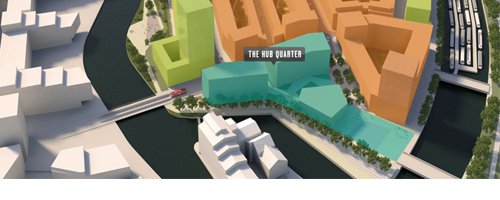
Figure 2: Strand East urban development project
‘Corporation-led Urban Development - Afbeelding 3’
Siemens initiated the development of The Crystal (figure 3) in the east London Royal Docks in 2010. It is an office and exhibition centre on urban sustainability and covers an area of 18.000 m2. Interviews show that the engagement in urban development is part of the corporation’s strategy as it entails reaping the benefits of the megatrend Urbanisation. Unlike the Inter IKEA case, the motives for Siemens to engage in urban development seem to correspond very well to the motives mentioned in Figure 1.
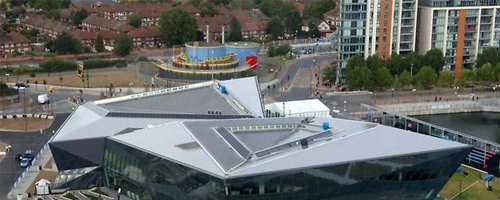
‘Corporation-led Urban Development - Afbeelding 4’
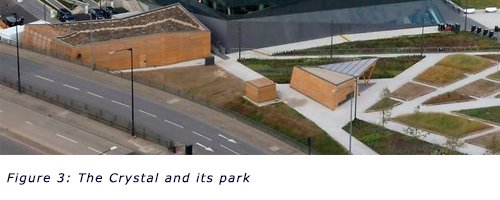
‘Corporation-led Urban Development - Afbeelding 5’
The most important motive is the establishment of partnerships with public bodies as they decide about the possibilities for implementing the companies solutions. It therefore seems that these partnerships are very important for providing Siemens’s future client base. The shift from products to solutions, anticipating megatrends and innovation are motives as well. Siemens has taken on the full process in the development of The Crystal. However, The Crystal proved not to be the typical activity for Siemens’ Infrastructure&Cities team. The Crystal was a one-off project and the corporation typically does not get involved in construction.
The Infrastructure&Cities division is involved in urban projects with a technological aspect, but in an informative and advisory role concerning transport, energy and other technological solutions. Siemens does also operate their technological systems once implemented.
Both cases vary quite a lot concerning the motives to engage in urban development projects. In order to gain more insight and draw more decisive conclusions, five additional cases were studied, being Ahold, Alliander, Vulcan, Tata and Cisco. The results of all 7 case studies and the analysis are depicted in Figure 4. The lower block represents all identified motives. These motives are related to the strategic business goals that the corporations pursue by engaging in urban development and the degree of involvement in the development process.
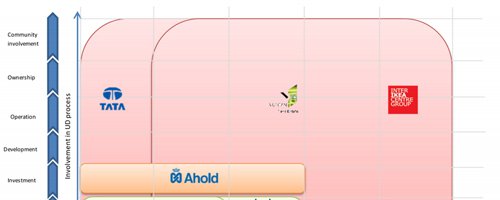
‘Corporation-led Urban Development - Afbeelding 6’
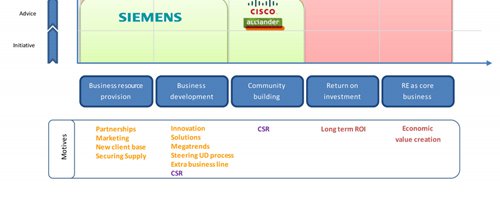
Figure 4: Corporation’s motives, business strategies/goals and degree of involvement concerning urban development (Potters, 2015)
‘Corporation-led Urban Development - Afbeelding 7’
Conclusions
The results in Figure 4 show that several corporations correspond to each other regarding their motives, strategic business goals and the degree of involvement.
Type 1: Developing Multinationals
These corporations (to which Inter IKEA, Vulcan and Tata can be assigned) seem to be family-originated corporations with incorporated philanthropic values that perform the whole spectrum of the urban development process and adopt the role of a holistic developer. They have their activities organised in an independent subsidiary of which the core business is urban development and with their engagement in urban development they contribute to their corporate strategy by creating economic value and long term return on investment and improving a community. They are highly involved in the urban development process and therefore in shaping the actual urban development process.
Type 2: Technological Partners
These corporations (to which Siemens, Alliander and Cisco can be assigned) seem to be corporations with a technological core business that perform only the activity of advising in urban development and therefore adopt the role of advisor. Considering aspects that align closely to their core business they perform much more activities that are organised in a business unit within the corporation. This engagement in urban development contributes to the corporate strategy because it enables them to anticipate megatrends. They are only to a little degree involved in the urban development process and shaping the actual urban development process.
Discussion
Considering the opportunities and threats mentioned in the introduction, this research indicates that Corporation-led Urban Development (which only includes the Developing Multinationals) could be beneficial for urban development practice. Such corporations are financially strong and independent and therefore capable of making large investments that generate returns on the long term. They will benefit from a well-functioning, sustainable and qualitative urban development project as it safeguards their returns (and names). This business model and focus on quality ensures that Developing Multinationals are long term involved and committed to urban development which is a welcome addition to practice. Although Technological Partners cannot be considered to perform Corporation-led Urban Development, partnering with them seems valuable as well. As one of their goals to engage in urban development is to anticipate megatrends, partnering with them might assist an urban area to be developed in a more future-proof, sustainable way. Another motive for these corporations to engage in urban development is innovation. By partnering with technological corporations, it is possible to integrate innovation into the urban development project and to incorporate knowledge within traditional organizations such as real estate development companies.
The above mentioned aspects seem to provide opportunities for urban development practice. However, this research only provides a first exploration of the phenomenon of Corporation-Led Urban development and more research should be done in order to make decisive statements. The outcomes and models and frameworks designed throughout this research can be used to structure and steer this further research. The findings presented in this paper might provide fruitful ground for more well-informed and less polarized debates on the role of large multinationals like IKEA and Siemens in the future of city planning.
References
DE ZEEUW, F., FRANZEN, A. & MENSINK, J. 2013. Werkzame Ontwikkelstrategieën. Praktijkcongres Gebiedsontwikkeling 2013. Praktijkleerstoel Gebiedsontwikkeling.
DE WIT, B. & MEYER, R. 2010. Strategy Synthesis: resolving strategy paradoxes to create competitive advantage Andover Hampshire, UK, Cengage Learning.
HEURKENS, E. 2008. The Anglo Saxon Western wind: Repositioning the management of urban area development in the Netherlands, BOSS Magazine, 34, 54-58.
HEURKENS, E. 2012. Private Sector-led Urban Development Projects: Management, Partnerships and Effects in the Netherlands and the UK. Architecture and the Built Environment, Vol. 4, Delft: Delft University of Technology.
JOHNSON, G. & SCHOLES, K. 1993. Exploring Corporate Strategy, Hertfordshire, Prentice Hall International.
POTTERS. B. 2015. Corporation-led Urban Development: Motives for multinational corporations to engage in Urban Development Projects. Delft: Delft University of Technology.
Cover: ‘2015.08.20_Corporation-led Urban Development’



